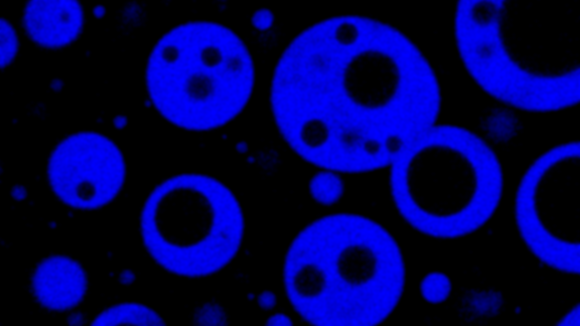
Nathalie Katsonis is Professor of Chemistry at the University of Groningen (The Netherlands), where she leads a research group dedicated to the design and synthesis of active (supra)-molecular systems and materials. She obtained her PhD from the University Pierre et Marie Curie (France) in 2004, for her work on chirality and order in molecular self-assemblies.
 Lorraine Leon is an Assistant Professor in the Materials Science and Engineering Department at the University of Central Florida. She is an experimentalist with research interests in self-assembly, biomaterials, polymer science, systems chemistry, nanomedicine and catalysis.
Lorraine Leon is an Assistant Professor in the Materials Science and Engineering Department at the University of Central Florida. She is an experimentalist with research interests in self-assembly, biomaterials, polymer science, systems chemistry, nanomedicine and catalysis.
 Guillermo Monreal Santiago is an Assistant Professor at the University of Strasbourg since 2022. His research involves coacervates – from the basic forces that drive their formation and transformation into self-assembled structures, to their applications in other areas of chemistry, such as systems chemistry and recycled materials.
Guillermo Monreal Santiago is an Assistant Professor at the University of Strasbourg since 2022. His research involves coacervates – from the basic forces that drive their formation and transformation into self-assembled structures, to their applications in other areas of chemistry, such as systems chemistry and recycled materials.
 Evan Spruijt is associate professor of physical chemistry at the Institute for Molecules and Materials, Radboud University, Nijmegen. His research is focused on phase transitions and self-organization of peptides, proteins and nucleic acids, and their role in cellular organization and the emergence of life-like systems.
Evan Spruijt is associate professor of physical chemistry at the Institute for Molecules and Materials, Radboud University, Nijmegen. His research is focused on phase transitions and self-organization of peptides, proteins and nucleic acids, and their role in cellular organization and the emergence of life-like systems.

